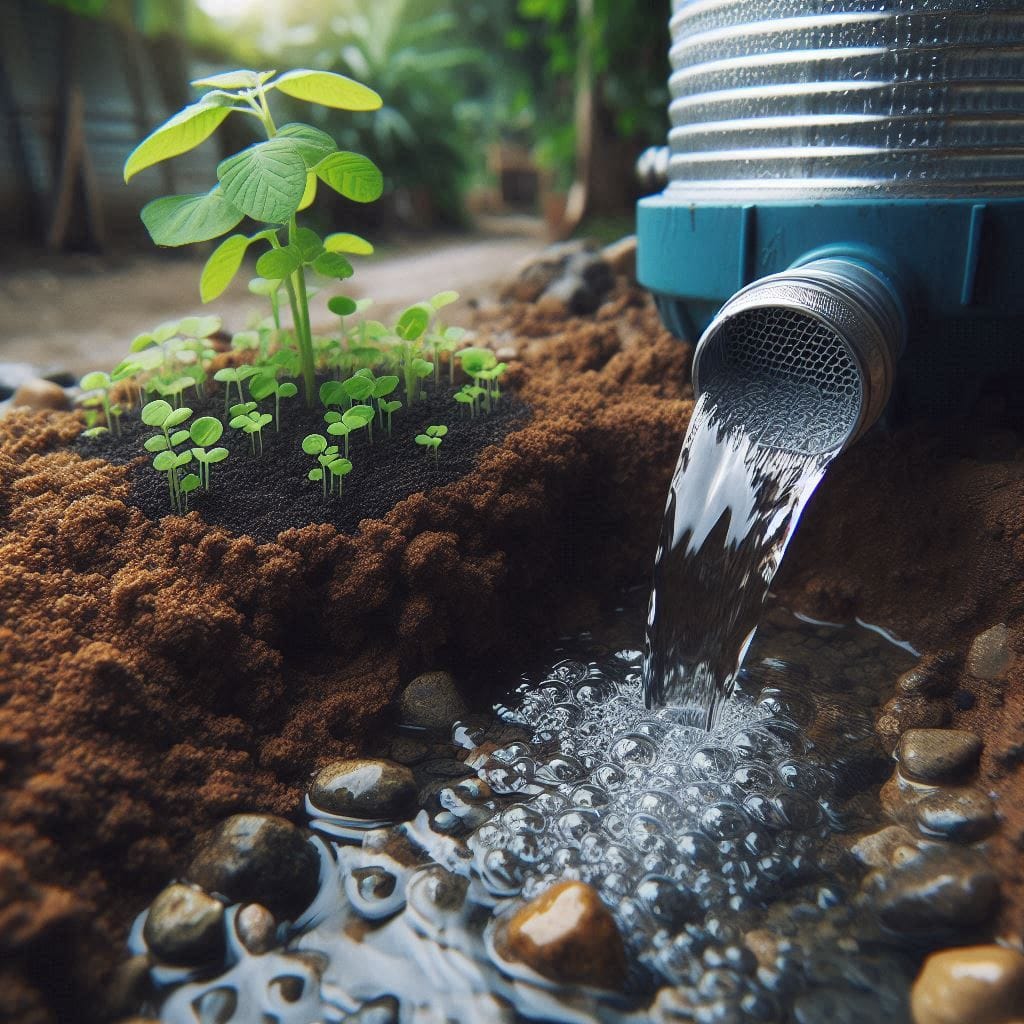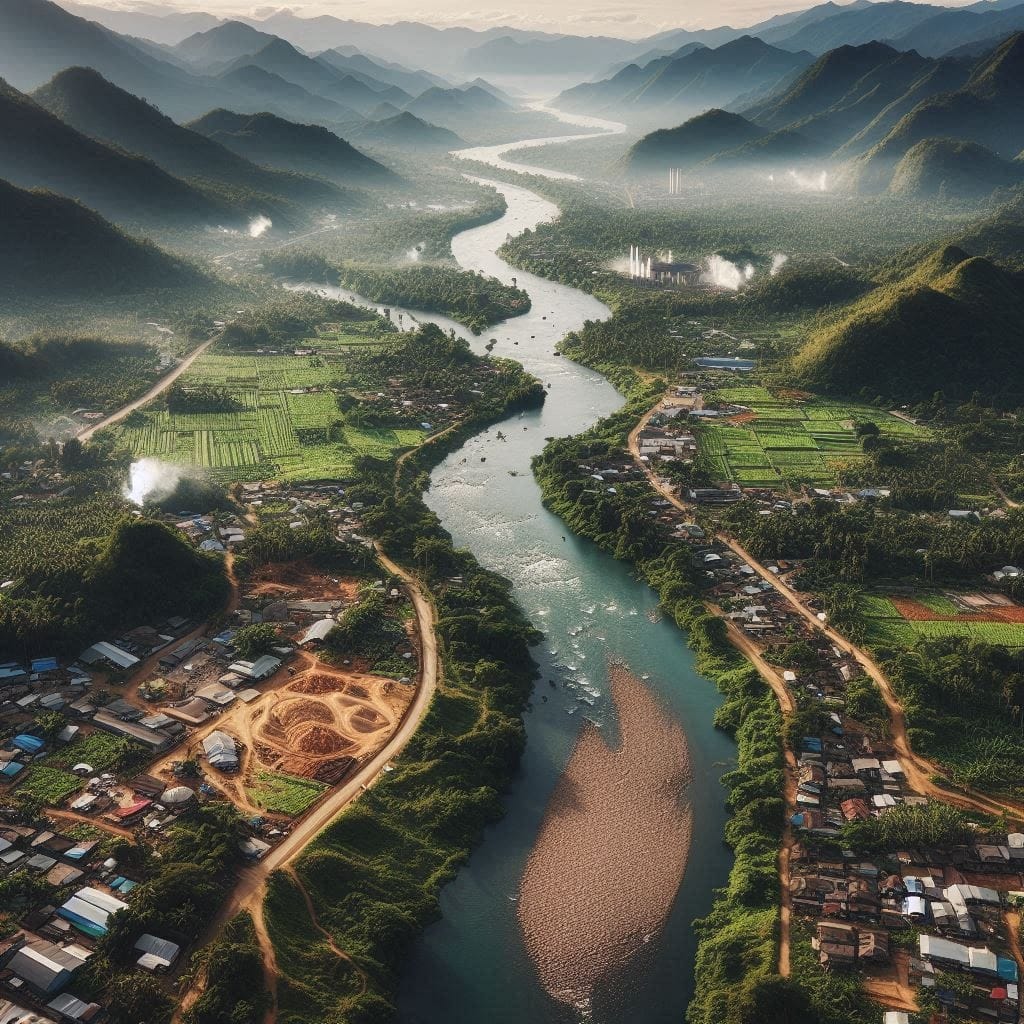When I found myself living as an expat in Ensenada, Mexico after selling my businesses and medically retiring from entrepreneurship, I was still nursing the wounds of defeat. Years of fighting to establish a nonprofit grocery store in downtown Reno’s food desert had left me battered by lobbyist obstructions and whisper campaigns by community leaders that seemed determined to protect the status quo at all costs.

As COVID gripped the world I settled into a quiet, healing rhythm in my beachside Casita a mere 90 minutes south of San Diego along the Baja peninsula. I felt free of the pressures north of the border, and was able to take a deep breath for the first time in years.
It was there, in the dusty colonias on the outskirts of Ensenada, that I witnessed something that would fundamentally shift my perspective on systemic change.
The Upstream Revolution
The residents of these colonias faced a perpetual water crisis. The city’s infrastructure was failing, bureaucracy was gridlocked, and traditional approaches required fixing the entire system before anyone could see improvement.
But instead of waiting for permission or comprehensive reform, these communities were implementing neighborhood-level water filtration systems *upstream* of their section of the city. They weren’t trying to fix the entire broken water system – they were creating a targeted intervention that solved their specific challenge without requiring the impossible task of fixing decades of dysfunction all at once.
Once the filtration system was in place it became a relatively simple matter to systematically replace any feeder lines downstream from that point. Testing for contaminants from a defined point is far easier than determining source in a massive citywide system with no viable coordination options.
I’ve spent a lot of time troubleshooting systems. From cable installer, to satellite systems operator in the Army, to crafting strong business models, to finding new approaches to food system resilience, the goal is the same: isolate and test options to determine the appropriate solution. In these communities was a proven example of a strategy that allows this approach to be scaled to virtually any level, potentially opening doors to entirely new orders of impact.
This was my epiphany moment: systemic change doesn’t have to start with fixing entire systems. It can begin with strategic interventions at key leverage points that create immediate benefits while building capacity for larger transformation.
From Water to Food: Finding the Upstream Leverage Points
When I returned to the States, I carried this vision with me. I began looking at our food system through this new lens: where were the upstream intervention points where targeted effort could create cascading benefits?

I found them at the intersection of food waste and soil regeneration – places where addressing one challenge simultaneously solved others:
* Converting brewery waste into soil amendments that help farmers weather drought
* Transforming wildfire mitigation debris into carbon-sequestering humus
* Rescuing prepared meals before they become methane-generating landfill waste
These interventions didn’t require fixing the entire food system at once. Like the colonias’ water filters, they created immediate benefits at specific points while building capacity for broader change.
The HumiSoil Revolution: Growing Water Where We Stand
The most powerful example of this approach is the HumiSoil technology now at the center of our work. This innovation transforms virtually any organic waste into soil that literally grows water through bacterial photosynthesis.
It’s the perfect embodiment of the upstream intervention philosophy:
* It works at community scale without requiring institutional permission
* It converts “problems” (waste) into solutions (water-retaining soil)
* It builds local capacity rather than creating dependency
* It creates benefits that flow downstream through improved watershed function
Just as the colonias found a way to clean their water without fixing the entire city infrastructure, communities implementing HumiSoil can improve their soil and water security without waiting for comprehensive policy reform.
The Invitation to Flow
What I’ve learned through this journey is that the most effective path to systemic change isn’t always the most obvious one. Sometimes, it’s about finding where we can intervene upstream of the dysfunction, creating pockets of solution that gradually connect and expand.
As a wise water speaker recently reminded me, water teaches us to find the path of least resistance – not by giving up on our destination, but by honoring the natural contours of the landscape we’re moving through.
That’s the invitation I extend to all of us working on these seemingly intractable challenges: Where can we implement upstream solutions that create immediate benefits while building capacity for larger transformation? How can we flow around obstacles rather than spending all our energy trying to remove them?
The colonias of Ensenada taught me that we don’t have to solve everything to make meaningful progress. We just need to find our upstream intervention point and start building there, confident that our efforts will flow downstream to nourish the larger system.
In the face of climate change, food insecurity, and environmental degradation, this water wisdom offers a path forward that doesn’t require waiting for perfect policy or universal agreement. It invites us to find where we can act now, create tangible benefits, and let the results speak for themselves.
The revolution isn’t just about changing systems – it’s about changing how we think about changing systems. And sometimes, the most revolutionary act is simply finding where to place our filter upstream.

